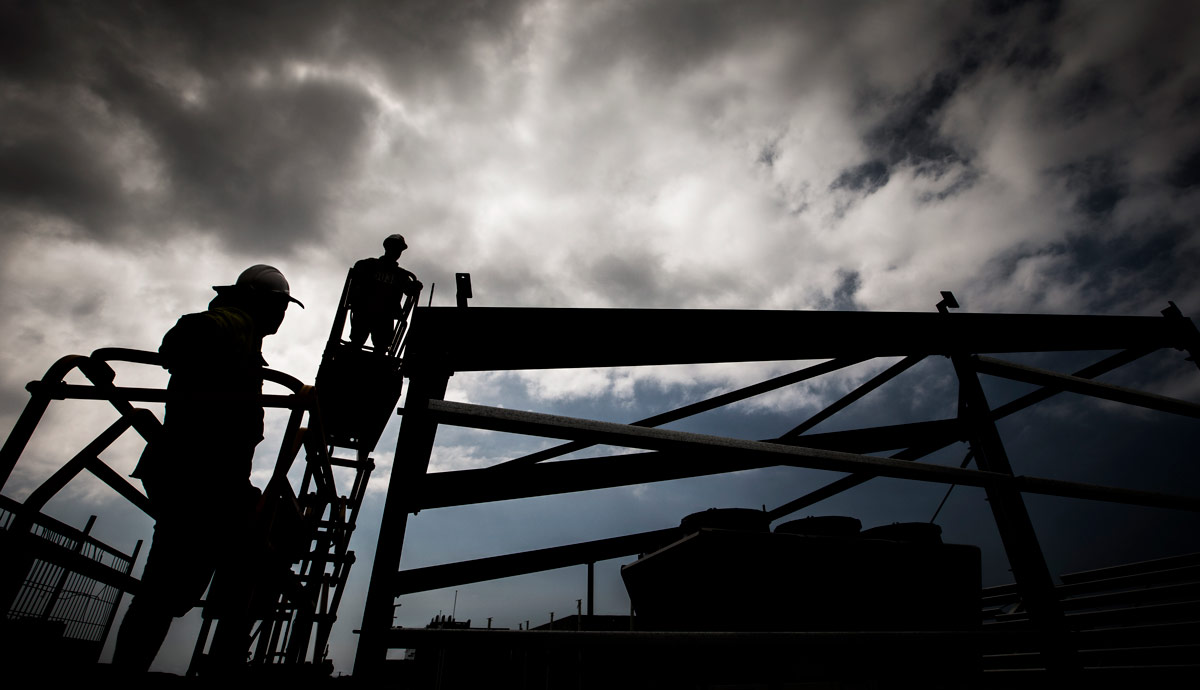July 5, 2018
Improved energy efficiency in buildings offers $27 billion saving
Change to National Construction Code could cut household energy bills by $900, reduce energy use by 56 per cent.
Energy standards in Australia’s National Construction Code (NCC) must be urgently upgraded if new buildings are to be fit for a zero-carbon future, according to a new report released today.
Built to Perform: An Industry Led Pathway to a Zero Carbon Ready Building Code, prepared by the Australian Sustainable Built Environment Council (ASBEC) and ClimateWorks Australia, with research input from the University of Wollongong’s (UOW) Sustainable Buildings Research Centre (SBRC), shows setting stronger energy standards for new buildings in the NCC could, between now and 2050, reduce energy bills by up to $27 billion, cut energy network costs by up to $7 billion and deliver at least 78 million tonnes of cumulative emissions savings.
Improved Energy Efficiency requirements as part of the NCC could reduce new building energy use by up to 56 per cent through building methods and products such as airtight buildings, more insulation, shading, ceiling fans, light-coloured walls and increased efficiency standards for lights, hot water equipment and air conditioning.
If the energy performance targets in the report are implemented, residential energy bills could be reduced by up to $900 per household per year, and non-residential energy bills could be reduced by thousands of dollars each year.
Across Australia, $19 billion in residential energy bill savings could be realised, and $8 billion in non-residential energy bills, between now and 2050.
The report’s recommendations were based on modelling eight different building types across four climate zones.
It investigated the costs and benefits to society of simple energy efficiency and on-site renewable energy opportunities.
The analysis assessed upfront costs associated with improvements, as well as benefits from reduced energy bills, downsizing of heating, cooling and ventilation equipment, and reduced network costs.
SBRC Director Professor Paul Cooper said the NCC is a critical policy lever to achieve zero carbon new construction, because it influences both the building envelope – the walls, roof and windows that separate the indoors from the outside world – and fixed equipment such as air conditioners and water heaters.
Yet, energy requirements in the Code have not shifted substantially in a decade.
“By 2050, more than half of Australia's building stock will have been built after the next update of the NCC in 2019. Reducing the energy consumption of new buildings is an important part of the solution to transitioning to a zero-carbon energy system,” Professor Cooper said.
“Our researchers have carried out the vitally important and complex work of modelling the future energy performance of a range of residential buildings designed to meet the proposed enhancements to the stringency of the NCC.
“The comprehensive energy simulation results generated by the SBRC team underpin all the findings for residential buildings sector in the Built to Perform report, and will give policy-makers, industry and the community greater certainty as to the benefits of changes to the NCC.
“This work builds on and is complemented by UOW’s broader research into ways to improve the sustainability of buildings and to move us towards net zero energy homes - which includes our inspirational student demonstration projects such as the Desert Rose and Illawarra Flame Solar Decathlon House projects.”
The report also concluded that as the costs of solar PV and battery storage rapidly reduce, adding on-site renewable energy into the Code could deliver significant additional gains.
Professor Tony Arnel, Chair of ASBEC’s Building Code Task Group and President of the Energy Efficiency Council said: “If developers and manufacturers know how the Code requirements will evolve over the next 15 years, this will provide the regulatory certainty industry needs to plan and invest in new technologies, delivering higher building energy performance at lower cost.”
ASBEC Executive Director Suzanne Toumbourou said the NCC needs to be “zero-carbon ready”, ensuring that today’s new builds are prepared to operate in a zero-carbon future.
“We welcome proposed improvements to the 2019 National Construction Code to advance energy performance in commercial buildings and adjust the requirements for residential buildings,” Ms Toumbourou said.
“However, to meet the full potential of the Code, we need to shift away from ad-hoc, periodic updates.
"Governments must agree to a longer-term plan with targets and a clear, regulated and transparent process for Code updates out to 2030, starting with a step-change in residential standards in 2022.”
Ms Toumbourou said delaying changes to the NCC would lock in higher energy bills, electricity network costs and carbon emissions.
